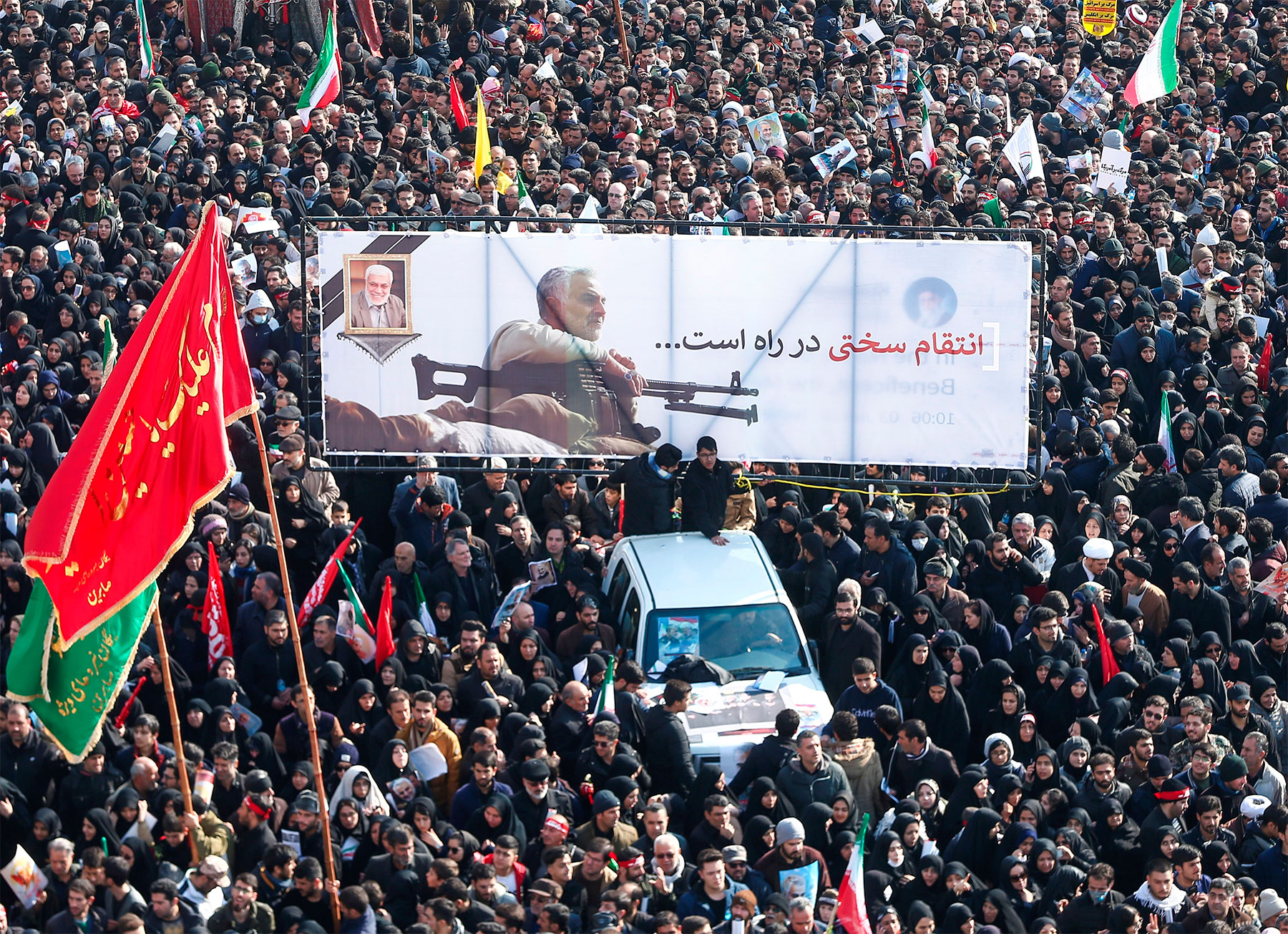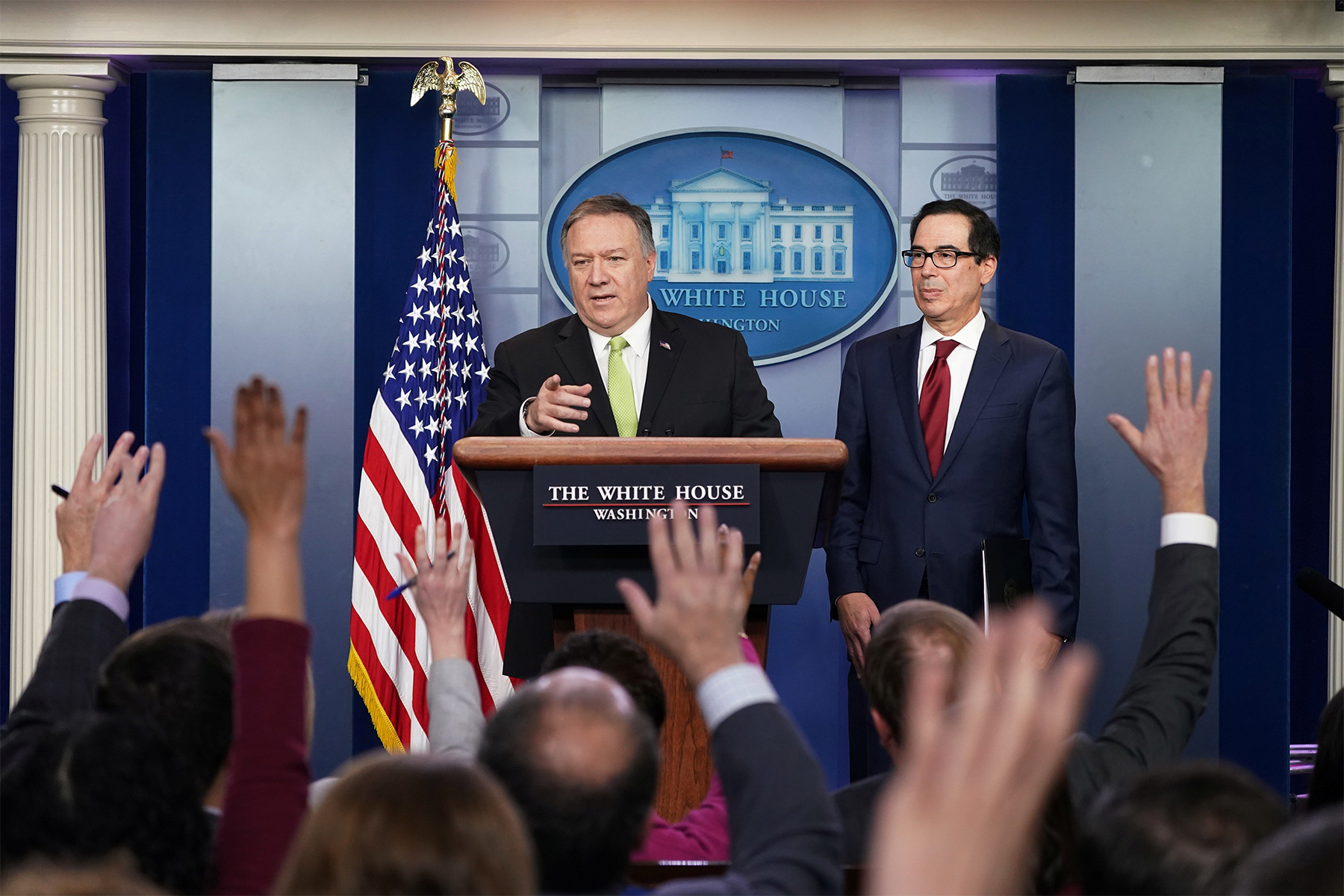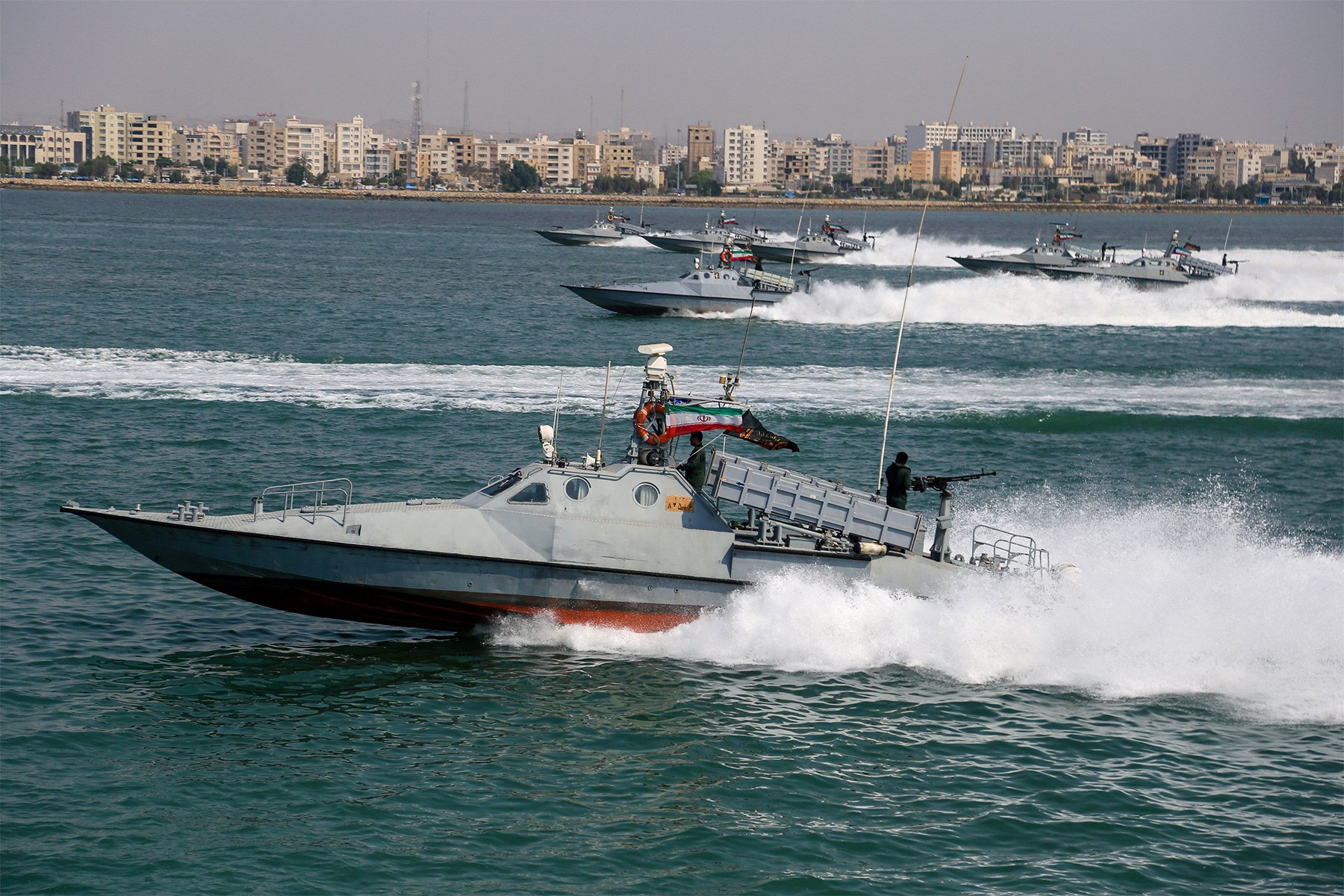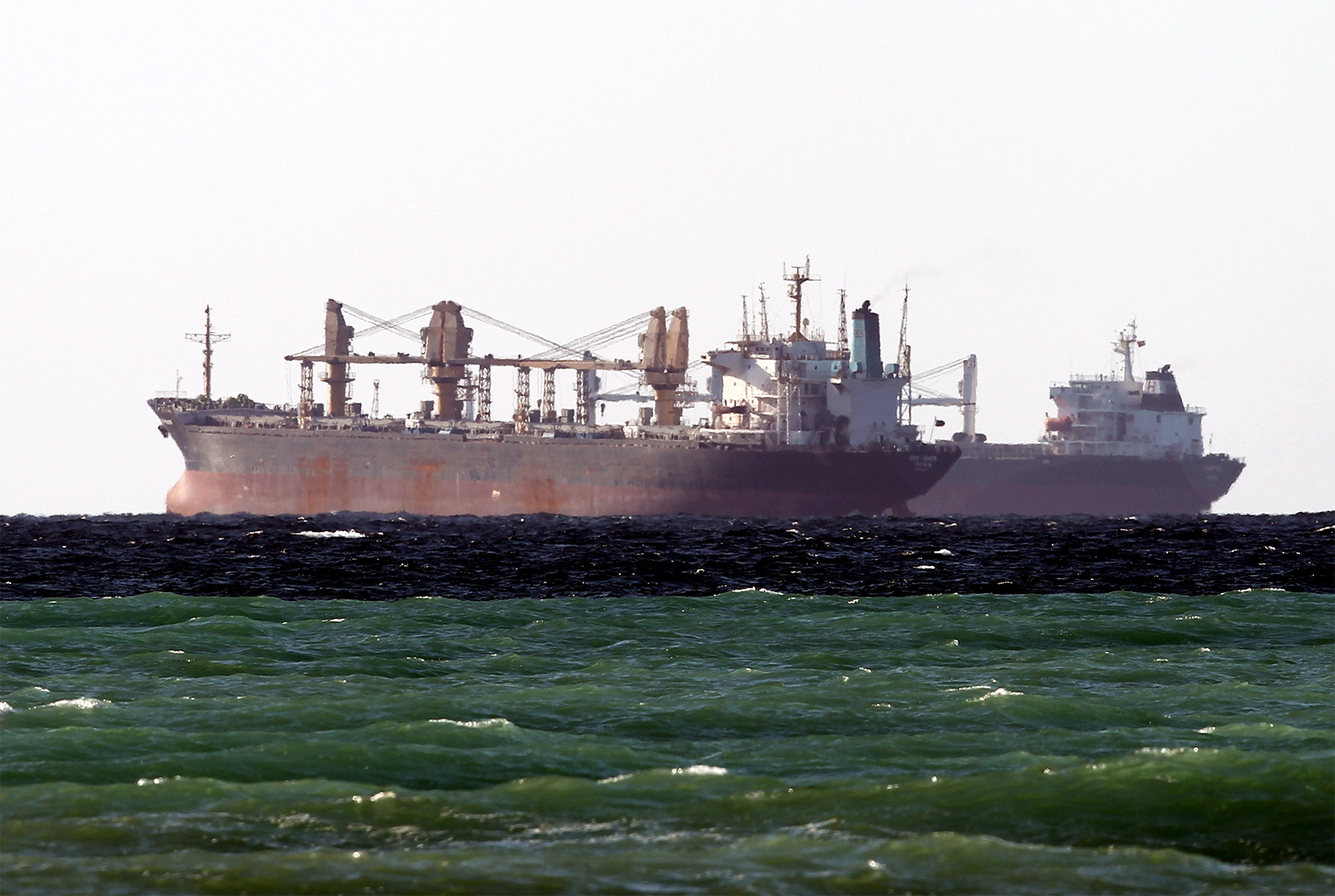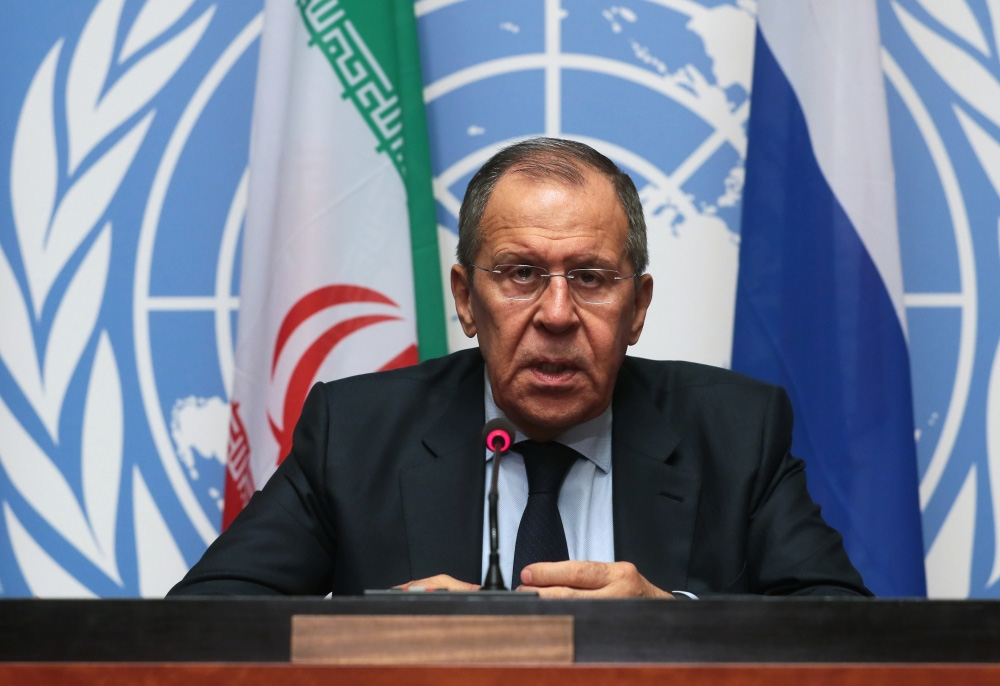Key ideas from Daniel Levy’s speech during the “Persian Gulf: War and Peace” session of the 9th Valdai Discussion Club’s Middle East Conference (Moscow, February 17–18, 2020).
Wars have terrible consequences, conflicts are devastating, the human cost primarily, then economic and opportunity costs, entire generations are denied their future. And it’s the people on the ground who incomparably pay the greatest price. Not external powers, not the U.S. So, the goal, avoid conflict.
It seemed we were moving on a trajectory towards perhaps even more dramatic conflict than we have already seen in a devastated MENA region—a direct America/ Saudi clash with Iran. And then there was a moment when we stepped back from the brink, especially after Abqaiq (the strike on the Saudi oil facility). America threatened and then retreated—its unreliability on full display. There were lots of rumours, some better sourced, some less well sourced, about direct contacts and initiatives between Saudi (and UAE) and Iran. The idea being that everyone looked over the precipice, they didn’t like what they saw, and therefore, maybe there were new openings for de-escalation.
However, most of the factors that had been driving the trajectory of conflict, are still there, and of course, the Soleimani assassination cut short the putative de-escalatory steps and put potential U.S. direct military involvement back on the front foot.
I will try to illuminate some of the considerations around America’s role in the Saudi-Iran fault line, and why U.S. decision-making remains crucial.
It seems we are living in the closing phase of the era of unrivalled, unmatched American power projection capacity. America can still throw its weight around when it wants to in ways that no one else can—that very probably will not be true much longer. In some instances, it is perhaps not true already.
And the ways in which the Trump White House is deploying petty, personal, grievance-driven and often illogical bullying is no doubt accelerating American decline, but in the short-term bullying is effective and no power (even China), or combination of powers, can go toe-to-toe with the U.S. This does not mean that America cannot be undermined and out-played by strategies of asymmetrical conflict, it can.
In general, then America influences the options of local actors. Your options look like ‘X’ if America is going in one direction, they look like ‘Y’ if America is going in another direction. If the US is pro escalation or de-escalation, for instance, favouring knockout wins or balances of power.
I am not saying that local actors do not have agency, far from it. They have agency including on this Gulf issue, but where America puts its thumb down on the scales, has a major impact.
My focus is on the Saudi-Iran fault line, not because it’s the only fault line, but it is a defining fault-line, and I take that to be the subject of this session.
For instance—what we are seeing from the UAE in the region would arguably look very different if the U.S.-Saudi Arabia-Iran triangle of engagement took a new turn.
Likewise and although its roots are not the same, what we are seeing vis-a-vis Qatar would have to entertain a new set of considerations. And I would add here that I think it was a huge mistake to enact the blockade of Qatar and threaten a fellow GCC state in such a way, it also exacerbated problems in the sub-region. An unintended bi-product by the way is that it actually strengthened Qatar.
So, what are the choices facing the U.S. in the region? What are the signifiers of breaks rather than continuities of policy under President Trump? How has the region been impacted? And what might change in U.S. calculations?
First, the combination of the timing of when Trump came into power and the qualitative differences in policy, that combination was very impactful. The Trump administration entered office at a time when there was a whirl of change in the region. The immediate post-popular uprisings phase had played out. Crucially there was new leadership in Saudi Arabia, finding its feet, still deciding on its direction. There was uncertainty in the region following the JCPOA nuclear deal, questions of where American-Iranian relations would go. And there was a sense of game on, that everything was up for grabs.
The Obama administration seemed to have been encouraging a gradual move towards a balance of power in the region, and the new Trump administration took a fundamentally different approach.
1. It was more mercantilist, how much are you buying from me, how much are you investing, what’s in it for me?
2. It was more ideological and therefore confrontational in its position towards Iran, based on the team that was put into place in this administration, a team I would argue which had very little knowledge indeed about the region.
3. And there was the ‘anything but Obama component’, to undo his legacy and do the opposite as an animating concern across very different policy arenas.
Crucially at a time when there was a relatively inexperienced and powerful Crown Prince in Saudi, there was a decision to go for a maximum pressure campaign on Iran. The US eventually pulled out of the JCPOA, and everything became zero-sum.
Actions beget reactions, maximalism on one side is rarely met with rolling over on the other side, it normally generates a counter-reaction—and unsurprisingly it did so on this occasion with Iran.
The U.S. policy claimed that it was designed to moderate Iranian influence in the region. It has had the opposite effect and intensified Iranian influence. Just one for instance of how disjointed and devoid of sense that US policy was—there has been constant talk of creating an Arab NATO; never realistic, never properly planned and never got off the ground. It did though all contribute to enhanced tensions and an upgrading of Iranian plans for thwarting threatening US ambitions.
The U.S. has increased its troop and naval presence, increased sanctions on Iran, there is an at the same time abandoned, to all intents and purposes, the pursuit of diplomacy.
The former U.S. Deputy Secretary of State Ambassador Bill Burns, a member of my Board at the U.S./Middle East Project, has called this an American ‘unilateral diplomatic disengagement’. There was also an attempt to bring third parties to be part of this maximum pressure campaign on Iran.
Other aspects of policy have contributed negatively—the undermining of international law and of multilateralism by the U.S. in ways that go beyond what we have seen in the past. And at the start of this year the very public assassination of a senior Iranian official on Iraqi soil.
All of this has produced a more explosive environment, more conducive to conflict; less conducive to problem-solving and de-escalation.
It encourages regional parties to act in similar ways, it squeezes their options.
It is quite important, therefore, to understand, will this continue as American policy? What drives this policy? And what might impact or change it?
There is an ongoing debate that I am sure everyone here is familiar with.
One camp argues the inevitability, over time, of a much lighter American footprint in the Middle East. That we are on an irreversible path of U.S. withdrawal—American priorities have shifted and global commitments and deployments will follow suit. The position of other camp is that America will stay - even if/ when it tries to pull-out it will get sucked back in. Obama had the intention of being more out than in, Trump had the intention of being more out than in, but Obama did Libya, stayed in Iraq, supported the Saudi-led mission in Yemen…etc, and today under Trump there are 20,000 more U.S. troops in the region than before. Old habits die hard.
The factors that are driving the direction of travel of U.S. policy on the level of intervention in West Asian affairs mostly err on the side of staying in, among those one might list:
1. First of all, the D.C. foreign policy bubble, the ‘blob’, the Washington belt-way world has its habits on this issue, and it’s not going to give up on its image of America and its role in the world including in the MENA region. The motif of exceptionalism, of the indispensable nation, the idea that every problem has a ‘Made in America’ solution just waiting to be found, an intervention just waiting to be enacted.
2. Next, there are vested interests. Those still exist, and they have not been balanced out by counter-veiling factors, whether that’s the military-industrial complex, whether that is donors. The most significant donor to Trump’s re-election campaign will be a casino magnate named Sheldon Adelson. He is very close to the Israeli leadership. Adelson was invited to meet with President Trump the day before the U.S. withdrawal from the JCPOA was formally announced. There is also the role played by well-funded hawkish policy institutes feeding ideas into the administration, like the misleadingly-named Foundation for the Defence of Democracies. And partly this is constituency-driven, led by the evangelical dispensationalist community. Again, very close to Israel, and very enamoured with a view of the future of the Middle East that prepares for rapture and the second coming - and I will not go into this in detail.
3. There is the role that the various relevant allied actors from the region play in the U.S.
The Gulf states have essentially adopted a procurement strategy. That their interests will be defended by making sufficient arms purchases from the U.S. to lock America into a certain position. There’s a K Street lobbying strategy—that is not unique to Gulf states, virtually everyone engages in that, but some have more resources to put into that effort than others. By the way, K Street, the lobbying firms in Washington, are the happiest the longer this internal GCC dispute carries on, with each side generously compensating a phalanx of American firms to effectively cancel each other out and waste resources that could surely be better invested. I would suggest that the approach pursued by Gulf states to securing their D.C. interests are somewhat risky—they do not have the deep roots and constituency and political reach of the Israel Lobby for instance, and their working so closely with that same Israel Lobby (as we have seen on occasion) carries its own risks.
4. Most of all, there is the continued fact of actual American military deployment in the region, something that does not wind down so easily. Even if you have American presidents who have said they want to get troops out of West Asia, there is a reality today of 60,000 to 70,000 U.S. troops in the MENA region. About or just over two thirds, are in the Gulf—in Kuwait and Qatar, troops are now back in Saudi, are still in the UAE, are in Bahrain with the 5th Fleet etc. This is alongside the naval presence, which has also increased.
Ranged against all of the above is a factor that should also not be underestimated—the question of public legitimacy in the U.S. of continued extensive interventions. The American public do not want costly forever wars and military deployments in the Middle East. They want to focus on problems at home. The polling consistently shows this. But people tend not to vote on this as a priority issue, and hence you have the outcome of a policy that stays largely in place despite public opinion, albeit with greater caution regarding undertaking new costly embroilments.
There is a second factor on this side of the ledger, urging less involvement, an important even potentially decisive caveat, and that is China.
Consensus in D.C. is rare today, but there is one issue on which there is a significant bipartisan consensus (mistaken as that consensus might be)—that the confrontation with China is becoming the defining motif for America in the world. If that does become all-consuming, then we have to consider the possibility that the kind of interventions we have seen by the U.S. in the Middle East—those become a luxury.
America does not need Middle Eastern energy supplies—if China is the end-user of those energy supplies, then China can pay to secure those supplies. Can the U.S. continue to deploy as it has done in the Middle East, when and if Asia becomes the theatre of global contestation?
During the Munich Security Conference, U.S. Secretary of State Pompeo focused on China and barely mentioned the Middle East, only Iran in passing. America has adopted the terminology of talking about the Indo-Pacific and a commitment to a FOIP — Free and Open Indo-Pacific. The language is not coincidental, it speaks to an American intentionality vis-à-vis its relationship with India as a counter-weight to China. There has been an increasing emphasis on cooperation among the so-called QUAD countries consisting of Japan, Australia, the U.S. and India—all of which speaks to a more China-focused U.S.
The other caveat is unpredictability, can the U.S. be relied on? Especially if there is another four years of a President for whom so much revolves around payback, what have you done for me lately (and too often the me is the literal, singular me, Donald J Trump, not me as in we, the American interest). Israel may be hard to abandon politically, but the Gulf States, can they be sure of their non-expendability? Would not a hedging strategy, a regional balancing option be wise under contemporary circumstances?
One also has to remember that, of course, America does not operate in a vacuum. There are other external actors, there are other regional actors which impact developments.
China — China itself is investing more heavily in the region. It relies on the region for its energy supplies, and the region will be central to the Belt and Road Initiative. But, does all of that mean that China will volunteer to take upon itself carrying the weight of America’s role in the region and the blowback which ensues from that? The current answer is absolutely not. America may try over time to push China into that role, but we are not there yet.
Russia — For all its role in re-entering as a major player in parts of the region, it is reasonable to assume that Russia will not move to tip the scales in one direction or another in terms of this Gulf fault line. Were significant mediation underway, Russia might play a role, but as things stand, Russia works assiduously to maintain close relations on all sides, as does China by the way.
In terms of the key regional protagonists themselves, a brief comment:
Saudi Arabia — In the official report prepared for this conference by Vitaly Naumkin and Vasily Kuznetsov, there was a discussion both of the dramatic nature of the reforms that are being attempted in Saudi Arabia and of the challenges and vulnerabilities that Saudi faces. The question for our purposes on this panel is whether this moment in Saudi history is better served by having an external enemy (Iran) and a state of conflict and struggle which can form an appeal to a unifying nationalism as a domestic crutch to lean on. Or whether the sustainability and space needed for the reform program is better advanced by a period of more regional calm and predictability, less costly conflicts. I know what my choice would be, but it’s not my choice to make, it’s the Saudis choice to make.
Iran — I would simply say it is mistaken to attribute to Iran zero or even very narrowly constrained ambitions in the region—there is an offensive component to the Iranian approach. But it would be equally mistaken to exaggerate and to conjure up some kind of grand imperial Iranian scheme for the Middle East. It is wrong-headed analysis to dismiss the defensive and reactive component to Iran’s posture. Iran perceives an American-led attempted encirclement, and that is real. Maximum pressure and squeezing Iran have generated and will continue to generate a response, and that response will not be submission.
In drawing to a conclusion, let me put two final considerations into the mix. Firstly, the implications for the Gulf of the likely global move away from fossil fuel dependency and extraction given the environmental and climate emergency—and the knock-on effects this will have in the Gulf including how that sub-region will be impacted by resource crises and mass population movements. Secondly, the extent to which parts of the region are unable to integrate young people into a future economic outlook of hope and the continued disenfranchisement of the citizenry and the possibility of a resulting unprecedented socio-economic crash, especially when you have a U.S. that is driving binary options everywhere.
The above analysis suggests that there is a strategic logic to pursuing de-escalation, and an approach predicated on engagement, on recognizing interdependence, and on slowly building towards a regional balance and security architecture. That conclusion is based on real needs and developments, not naiveté, and would require separating out primary concerns and interests of the key actors versus secondary and luxury pursuits.
There is only one problem, which is that I do not need to be convinced of the above, rather Riyadh and Tehran need to be convinced.


